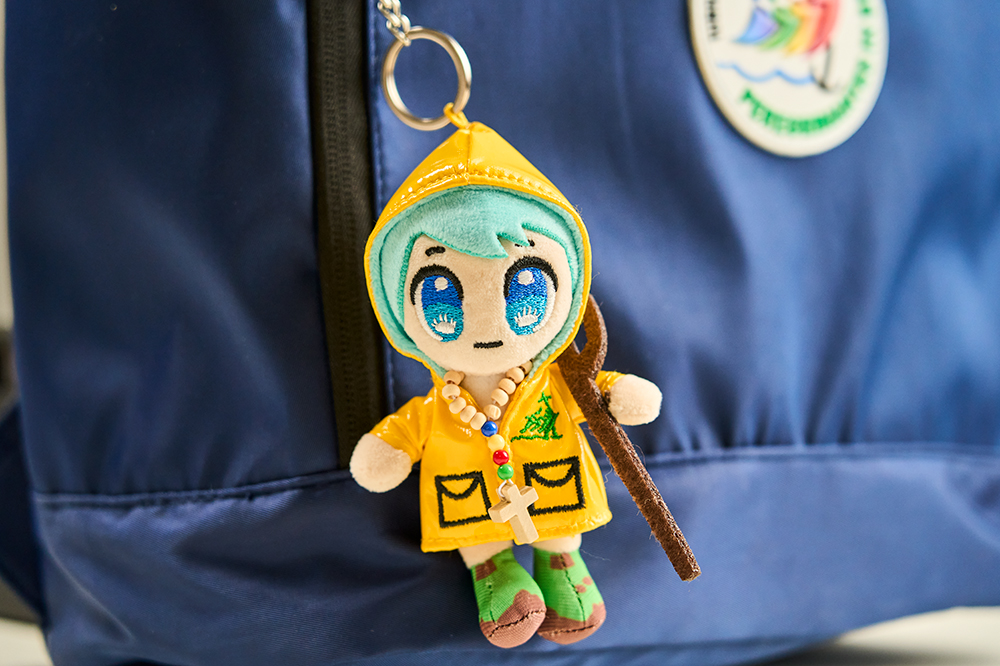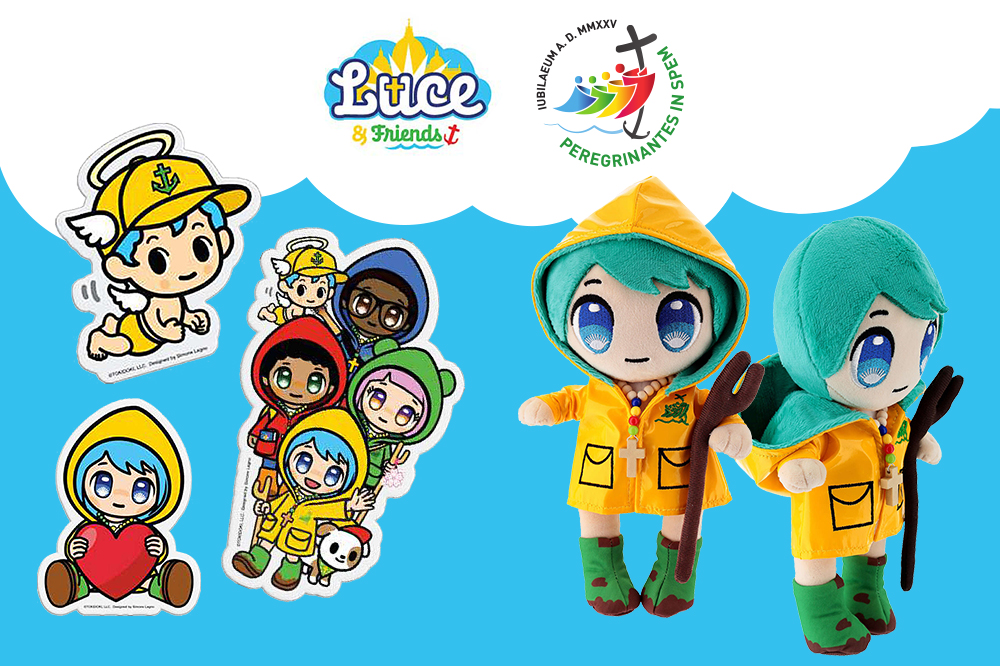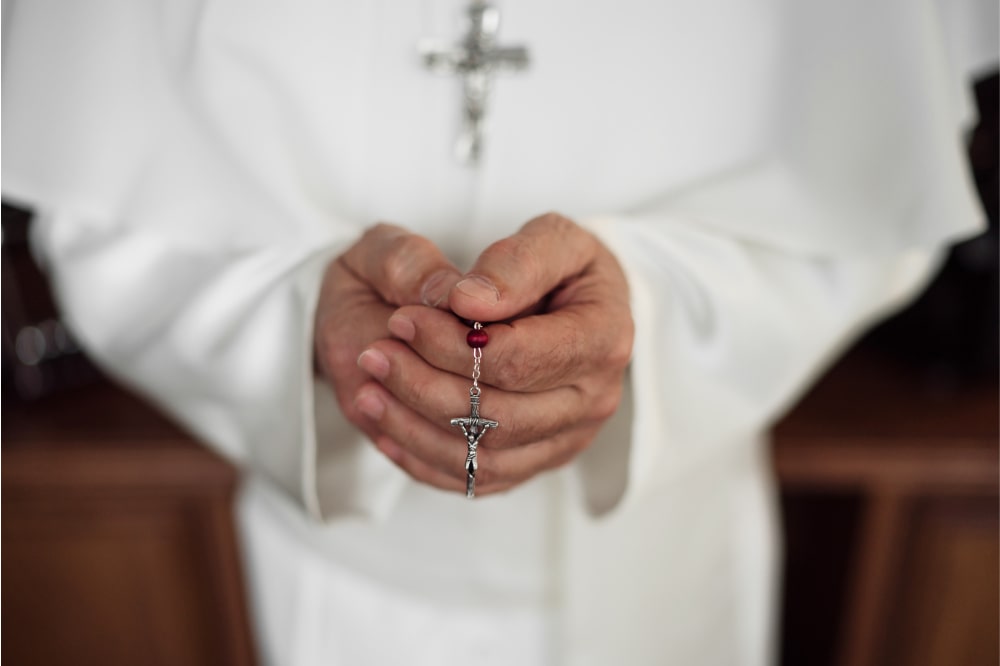Orthodox icons have always been a meeting place between art and pure and solemn spirituality. In ancient icons, a tradition that goes beyond space and time remains alive.
Contents [hide]
On Holyart you will find a wide variety of sacred icons: Byzantine, Greek, Russian and Romanian icons. The tradition that unites all these works is the same: Orthodox iconography, an expression of spirituality and contemplation unique in its kind.
![]()
Sacred Icons: the ultimate guide
Sacred Icons. Only mentioning them evokes exotic and charming suggestions, a way to live religion that is far from the modern concept…
The ancient orthodox icons
In particular, the trace of this spiritual tradition is still alive in ancient Russian icons. This type of icons is recognized and evaluated by experts; they are unique pieces that enclose a unique history: each icon was made by a monk according to the processes of iconographic tradition. All the Russian icons made approximately before 1920 in fact were produced according to a series of rules collected in manuals that have been lost.
This process involved several steps including sanding, mercury oil treatment, drying and application of gypsum layers. And the final phase: prayer and complete fasting by the monk during the creation of the icon. This path of spiritual art reached perfection with the realization of the discovered parts of the figure: face, hands, feet became thaumaturgic matter.
After 1920 the icons are no longer made with this same process, so the icons produced after this date are “only” sacred images. The Orthodox icons of the nineteenth century are therefore spiritual works different from any other religious representation.
Author, subject and interpretation of icons
In orthodox icons the author remains anonymous and takes second place: the protagonist of the work is always the sacred subject, the spiritual content. In some cases, it is spoken of acheropite icon: an icon not made by human hand but by direct divine origin. In the process of recognizing an icon, it is not so much the attribution of the artist as the identification of the period in which the icon was made and its authenticity.
![]()
Even knowing how to interpret an icon is not an obvious skill. The symbols and messages enclosed in the image, together with the specific history of the icon made, have a density of unique meaning. The power of the icon acts on another plane: it is said that the icon looks at you before being looked at. It represents the invisible world through a visible work and communicates the sense of the illusion of time and space: the figures are not inserted in realistic scenarios and the absence of perspective leaves the viewer immersed in contemplation. You never get tired of looking at an icon because the work is always alive.
The variety of images represented is infinite. There are different subjects: each icon has a story that opens a world of spirituality and faith. Icons of the Trinity, icons of the Holy Face or icons of the Twelve Great Feasts, typically Byzantine, are well known. However, among this variety of subjects, Marian iconography undoubtedly stands out for its central role. Famous are the icons of Our Lady of Vladimir, Our Lady of Kazan, and the Theotokos of Smolensk. The Virgin, often represented by the Child, is a recurring and emblematic subject.
The icon of the Annunciation
This icon is an example of an ancient icon, dated to the nineteenth century. Mary is represented when she receives the announcement of the Angel. The golden details and the transcendent image make the viewer enter into the mystery of Mary’s call. The work comes from Russia and the technique used is that of egg tempera on wooden board. As an original Russian icon, it is certified by the Ministry of Cultural Heritage of Russia.

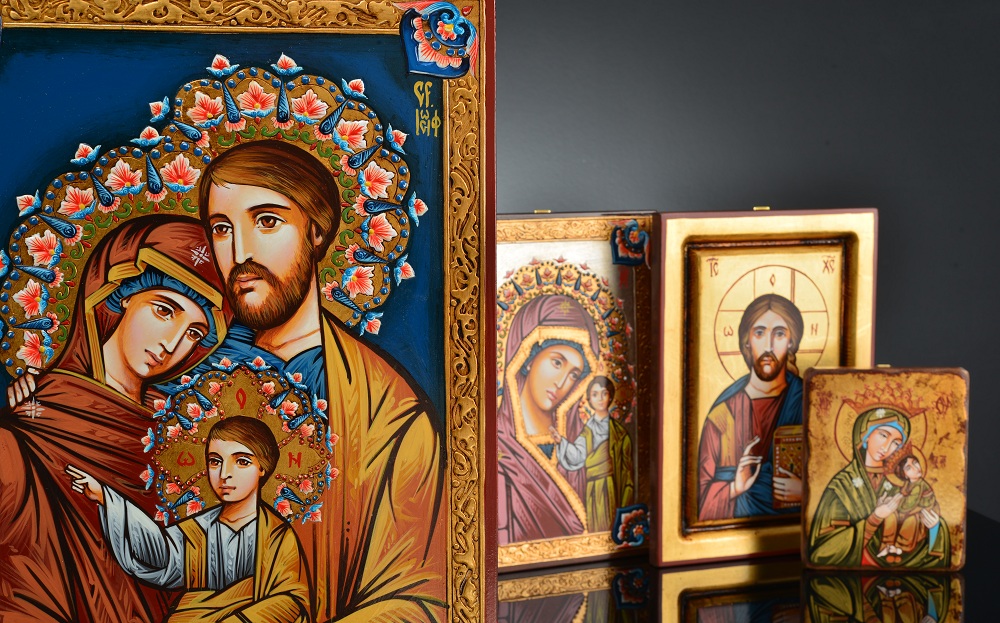
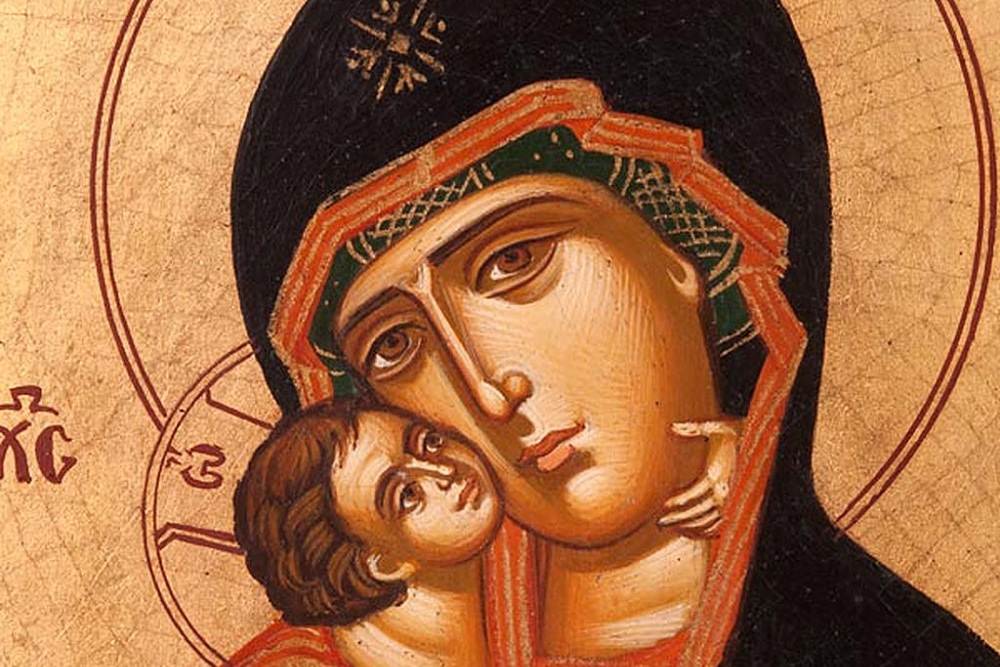
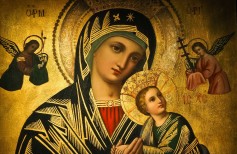
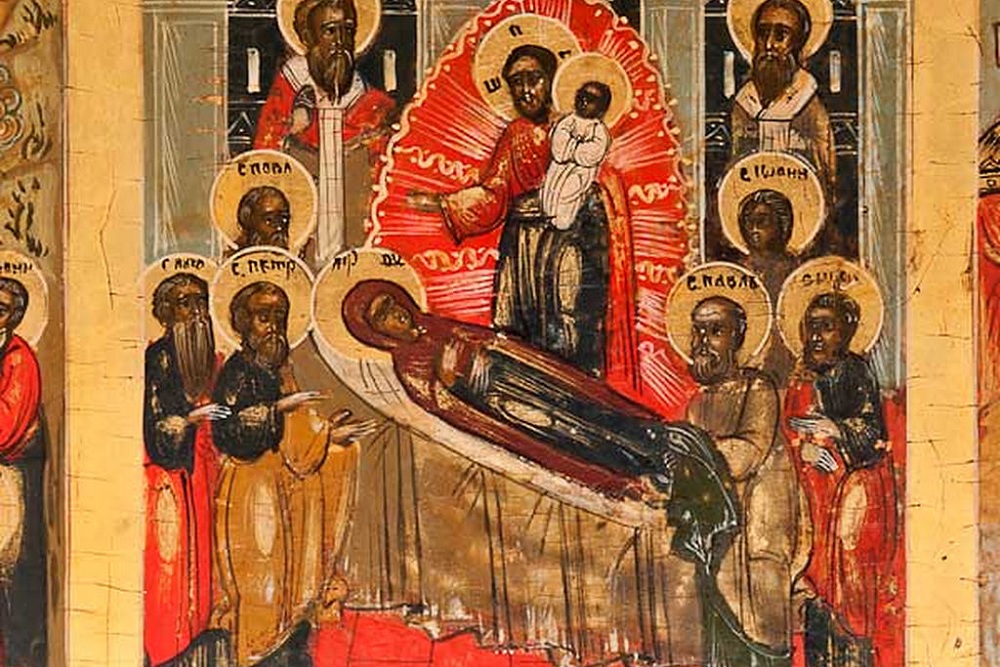
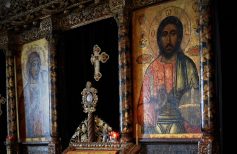
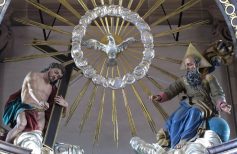

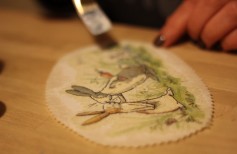

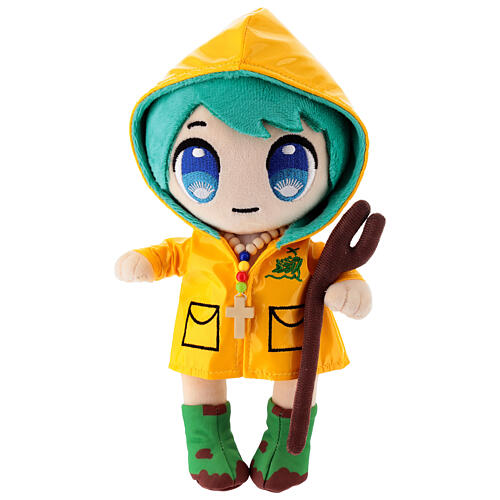







 19 March 2025
19 March 2025
